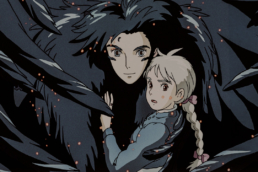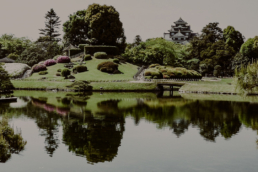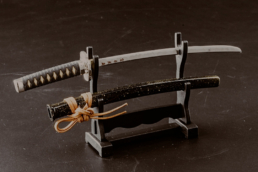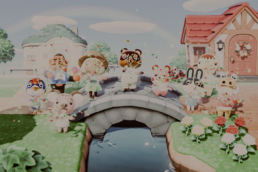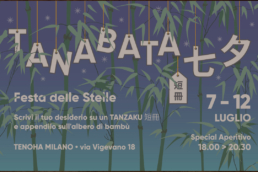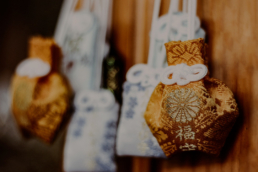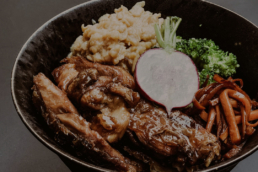Movie week @ TENOHA Milano
The great events of TENOHA Milano are back with the STUDIO GHIBLI movie marathon in the MOVIE WEEK! What could be better than these wonderful movies together with the only aperitifs of TENOHA Milano? But let's take a closer look at what Studio Ghibli is.
Marathon Studio Ghibli in TENOHA Milano
Author: SaiKaiAngel
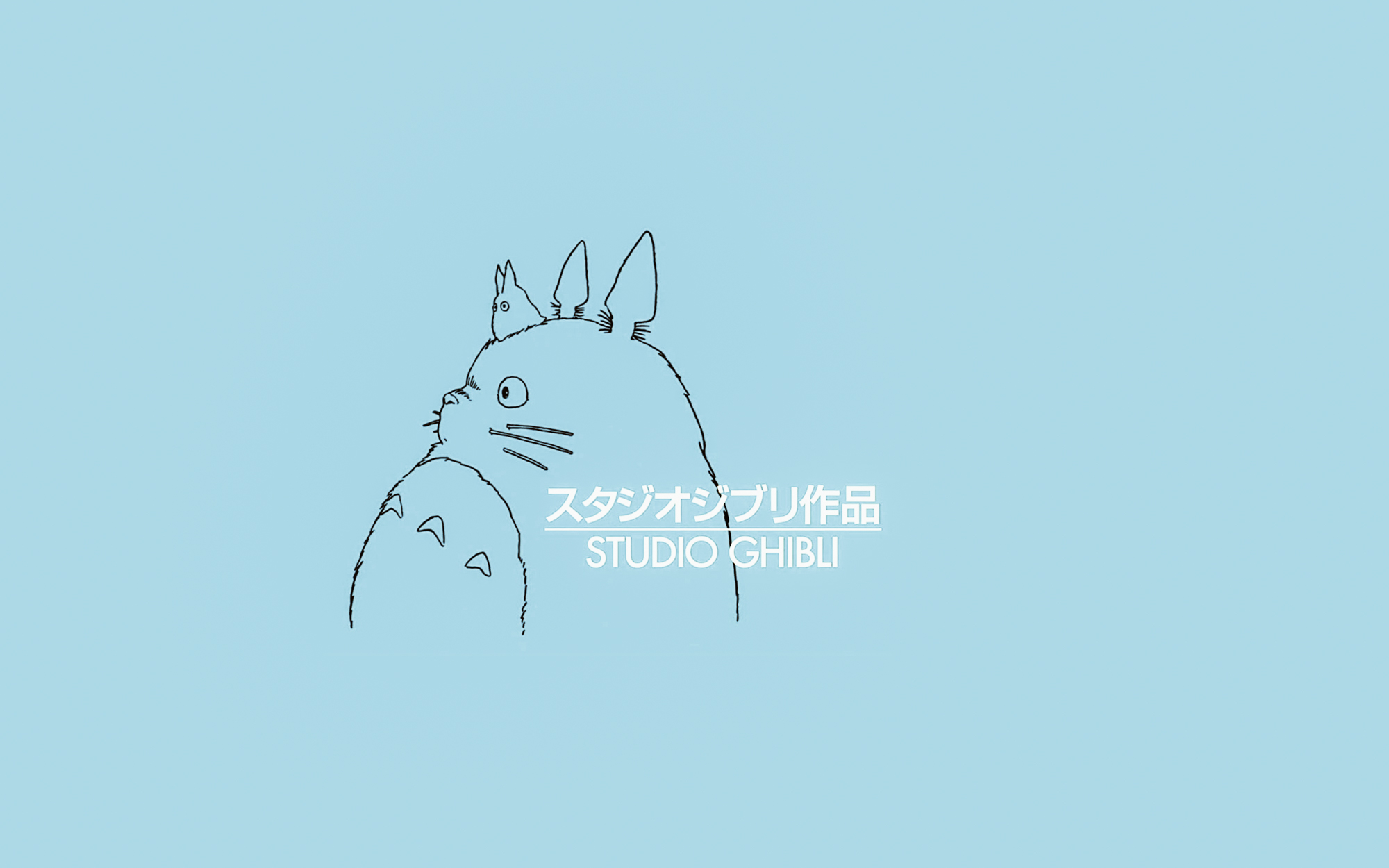
Studio Ghibli, Inc. is a Japanese animated film studio. Its anime is known and appreciated throughout the world.
Founded in 1985 by the famous director Hayao Miyazaki together with his colleague Isao Takahata, it was originally founded in 1983 with the beginning of Nausicaä in the Wind Valley (1984), previously serialized in 1982 as a manga by Tokuma Shoten.
"Ghibli" is the name of a hot wind used by Italian pilots in North Africa in World War II and their reconnaissance airplanes. Hayao Miyazaki, who has always had a passion for old aircraft, decided to use this word as a name for the new studio with the phrase: "Let's blow a hot wind in the world of Japanese animation!”
Movie Schedule
Howl's Moving Castle
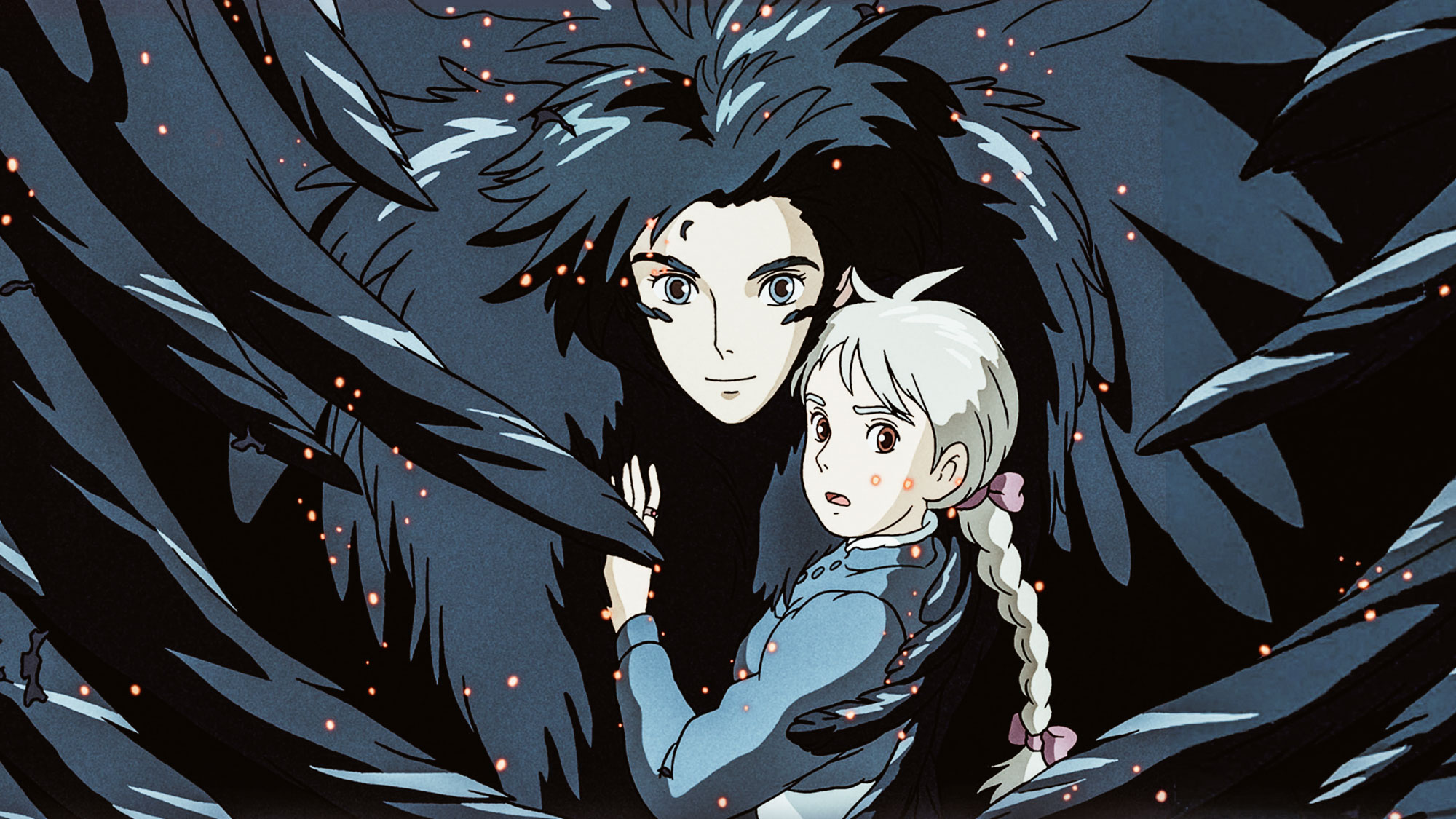
• 18 September 2020 - The Wandering Castle of Howl - ハウルの動く城 (2004)
Young Sophie, 18, works tirelessly in the hat boutique that belonged to her father. During one of her rare outings in the city, she met Howl the Magician. Misunderstanding their relationship, a witch casts a terrible curse on Sophie and turns her into a 90-year-old woman. Prostrate, Sophie flees and wanders the wastelands. By pure chance, she enters Howl's Wandering Castle and, hiding her true identity, gets hired as a cleaning lady. This "old lady", as mysterious as she is dynamic, will soon manage to give new life to the old dwelling inhabited only by a young apprentice, Markl, and the one who runs the Castle, Calcifer, the fire demon. More energetic than ever, Sophie performs miracles. What fabulous fate awaits her? What will happen between her and Howl?
Sen to Chihiro no kamikakushi
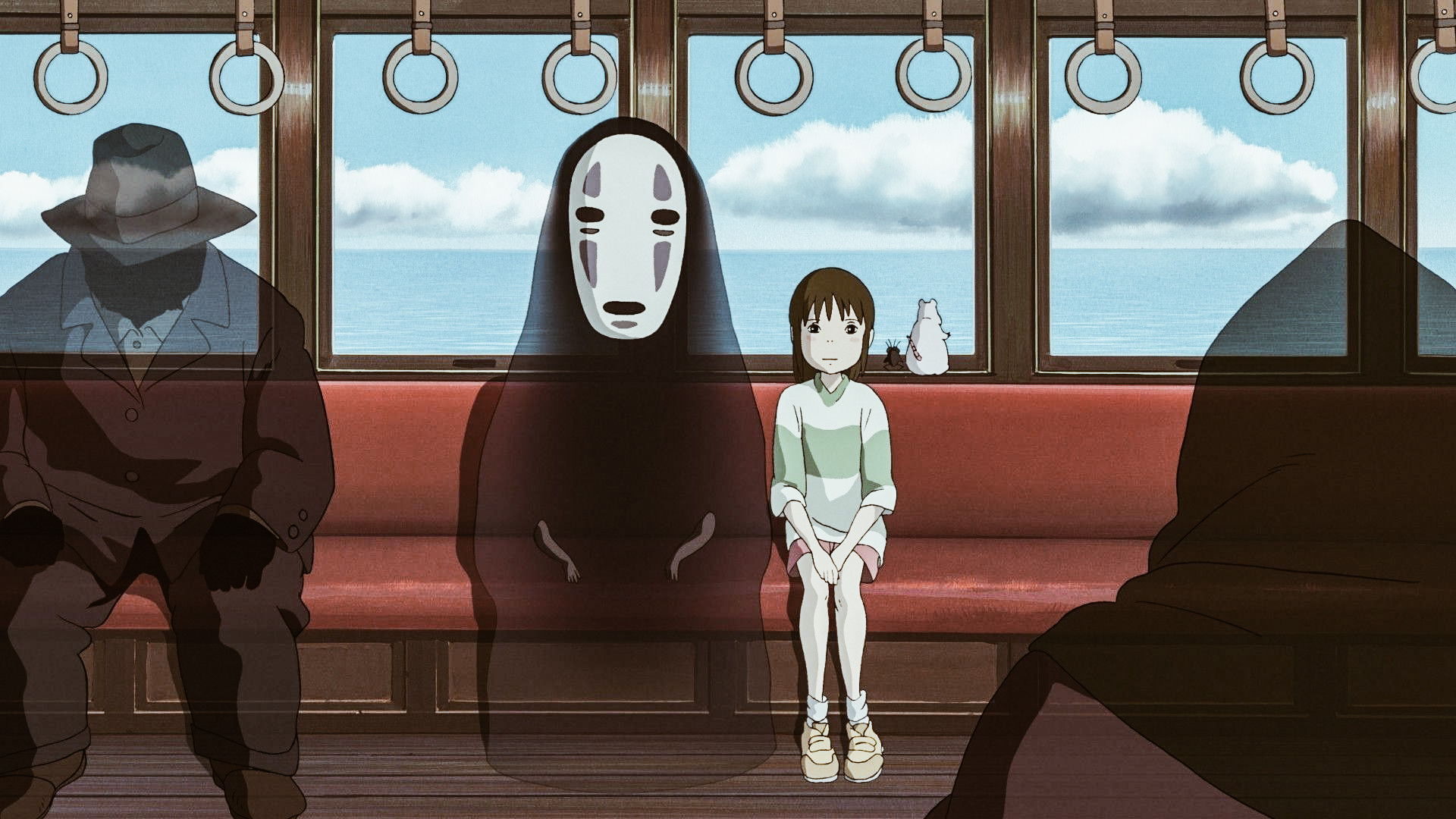
• 19 September 2020 - The Enchanted City - 千と千尋の神隠し (2001)
Chihiro, a 10-year-old girl, and her parents are moving when the girl's father takes the wrong road. Thinking he has found an abandoned amusement park, the father enters the complex to visit it, followed by his wife and, reluctantly, Chihiro. The three of them cross the bed of a dry river and find themselves in a city composed entirely of restaurants and clubs, and on a counter they find a rich buffet. Parents sit down and start eating, thinking they will pay when someone shows up. Chihiro meanwhile explores the area and finds a large spa complex. A young boy, Haku, orders her to leave, but on her way back she discovers that her parents have become pigs and that she can't cross the flooded river.
Kaze no tani no Naushika
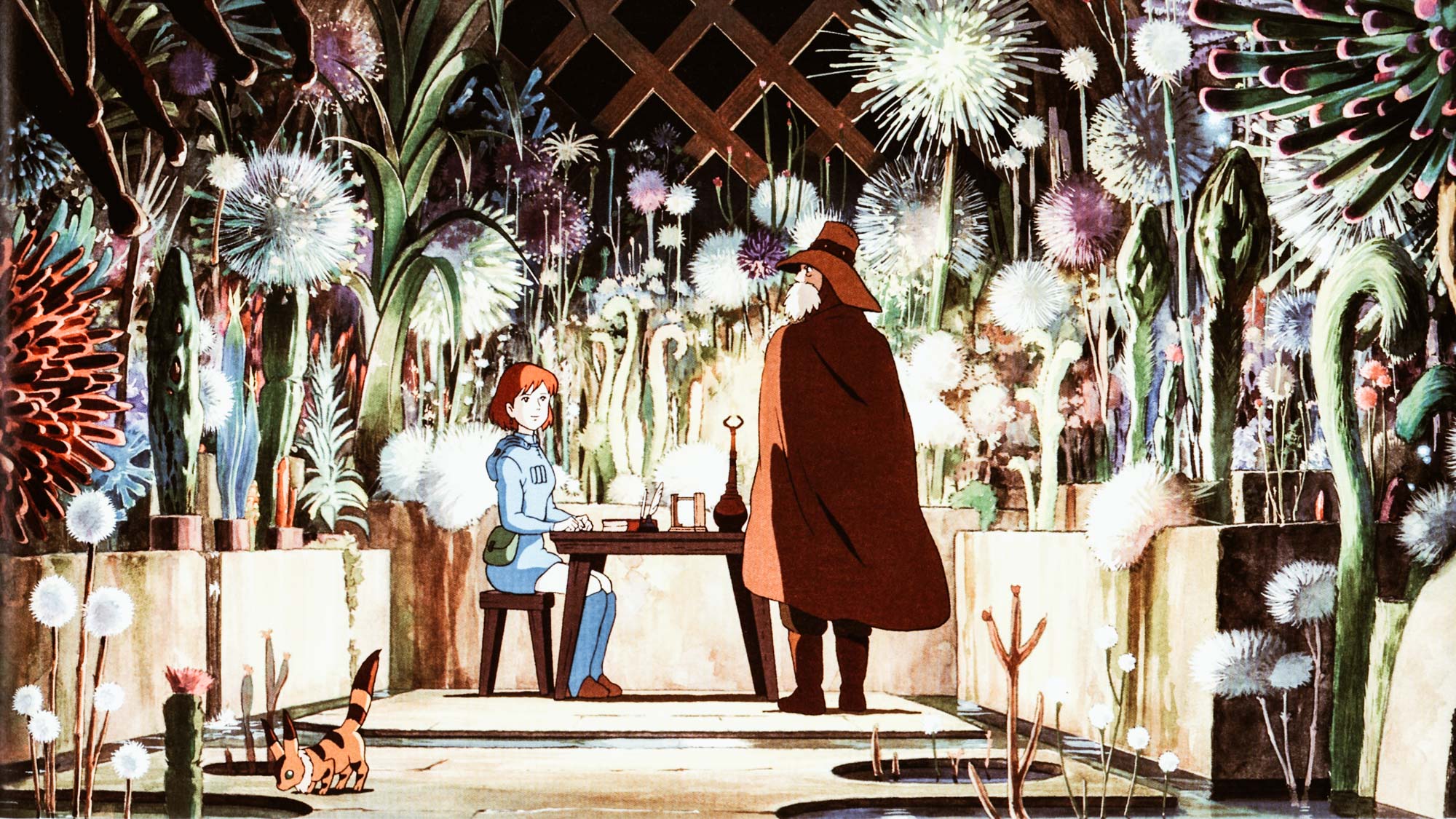
• 20 September 2020 - Nausicaä in the Wind Valley - 風の谷のナウシカ
Following a cataclysm that devastated the entire planet, a toxic forest covered most of the Earth's surface. In this apocalyptic scenario, where a new war is about to explode, the kingdom of the Wind Valley - ruled by Jihl, father of the brave Princess Nausicaä - is one of the few areas still populated. Nausicaä has two gifts: being able to ride the wind flying like birds and being able to communicate with the Ohm, the giant insect guardians of the forest. Thanks to her skills and the love and esteem of her people, Princess Nausicaä will undertake a courageous challenge to restore peace and reconcile humanity with the Earth.
Details
When: September 18 - 19 - 20
Aperitif from 18:00 to 20:00
Screening from 18:00
Where: & | DISCOVER, TENOHA MILANO via Vigevano 18, 20144 Italia
Cost: special aperitif € 12 + free entry to the cinema
Seats: 20 Max (subject to availability)
Untranslatable words: Mono No Aware, Shakkei, Hikikomori, Omotenashi, Betsubara
It happened to everyone at least once to surf the internet and find articles about "untranslatable words". In fact, we often discover that every nation has special words with a certain meaning without any correspondence in its own language. Today we at Japan Italy Bridge want to try to summarize those special, unique and sometimes magical words that enclose an entire world.
Untranslatable words: Mono No Aware, Shakkei, Hikikomori, Omotenashi, Betsubara
Author: Sara

photo credits: Unsplash
Untranslatable words: Mono No Aware
The first on the list of our untranslatable words is 物の哀れ, "mono no aware". An aesthetic concept that expresses strong emotional participation in the beauty of nature and human life with a consequent nostalgic feeling linked to its incessant change. So literally we could translate it as "the pathos of things" or "the beauty of the ephemeral".
Mono no Aware finds its roots in the Heian period, but it spread only in the Edo period when the scholar Motoori Norinaga made a careful analysis and criticism of Murasaki Shikibu's "The Tale of Genji" defining it as a perfect example of "mono no aware", the perfect essence of Japanese culture. From this moment on, the creative path of many Japanese artists has had as its pivot this strange and complex concept. In fact, we find extremely sentimental the "transience" of things to take over, both in literary as well as cinematographic works. This leaves that feeling of "lack" for an ending that neither the reader nor the spectator is satisfied with. A sweet sadness and awareness that everything is destined to die slowly (and for this reason it must be loved deeply).
Shakkei
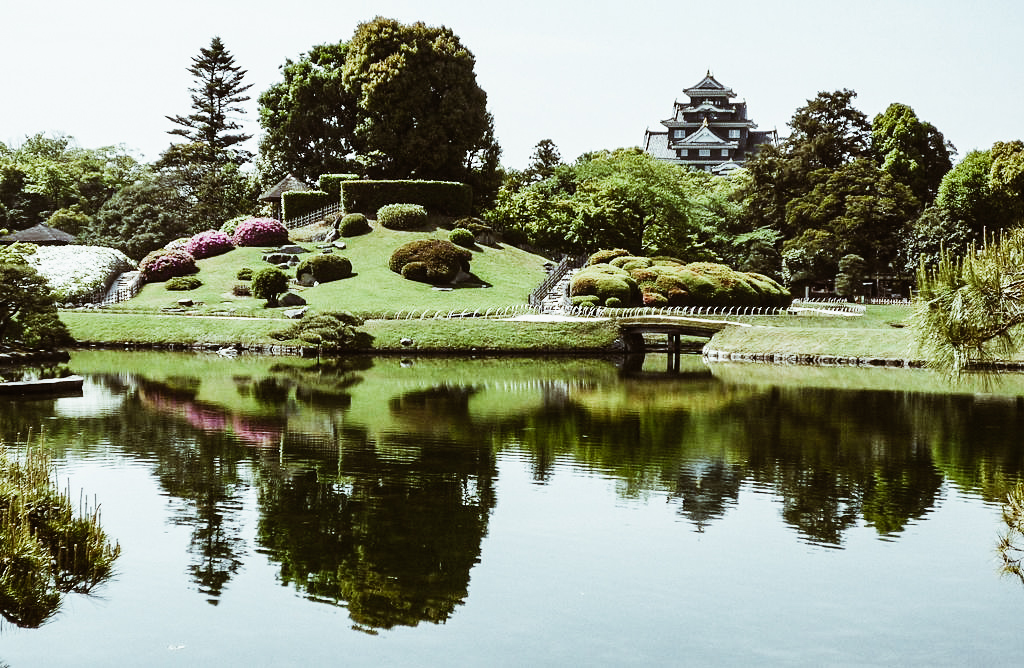
photo credits: wikipedia.org
The second expression we want to analyze is 借景, "shakkei". This time it is a particular technique literally defined as "landscape on loan", i.e. incorporating external elements of the landscape into the composition of a garden, the perfect fusion of the available elements already present with the surrounding aesthetics.
We could say that the whole of Japan refers to the concept of "Shakkei". Everything seems to be exactly in the right place in a harmonious and not shamelessly calculated and studied way. A sort of exaltation of nature as if even skyscrapers were an integral and perfect part of the whole landscape. In reality, however, this expression refers purely to the gardens of East Asia, which gives them the charm we know well. The principles of "borrowed landscape" have their roots in the Sakuteiteki (ancient Japanese gardening treatise), which developed further and further until it reached its maximum popularity during the Meiji and Taisho periods.
Hikikomori

photo credits: emefka.sk
The third word is perhaps among the best known and most "dangerous". We are talking about 引き籠もり, Hikikomori. Today it is a sad social phenomenon that can have extreme consequences and goes beyond mere "isolation". There are people who decide to voluntarily withdraw from social life, seeking extreme levels of loneliness by assuming a deleterious lifestyle both physically and psychologically. Night and day are reversed, direct relationships are often replaced by virtual ones or, in even more extreme cases, none at all. The hikikomori wanders around his room, devoid of any stimuli and this, as is intuitable, are characteristics that distinguish depressed subjects with obsessive-compulsive attitudes.
The first to give a name to this particular phenomenon was the psychiatrist Tamaki Saitō when he observed that the number of those who presented this deep lethargy towards life increased and the characteristics were always the same. Therefore, we can define Hikikomori as a syndrome rather than a word in itself.
Untranslatable words: Omotenashi

photo credits: livingnomads.com
The fourth on the list is お持て成し, "omotenashi". It is really difficult to find an equivalent that can even give an idea of this wonderful concept. We could use the word "hospitality", but it is almost reductive. This word expresses one of the most complex and profound aspects of Japanese culture. Omotenashi is the will to be attentive and take care of others. It also means to give importance to details, to be aware of one's own actions, to have the sensibility to seek harmony and to make others feel good. It was the Buddhist monk Sen no Rikyū who established the principles and good rules of conduct during the famous tea ceremony, an expression of the utmost care towards the guest.
There fore, Omotenashi is a reflection of Japan, the basis on which the behavioural etiquette of the entire country is rooted. Even if it is not said that this sense of "hospitality" is always encountered (the whole world is a country: there are also very unfriendly Japanese!), but you can easily perceive it when you experience it.
Betsubara

photo credits: lickthatspoon.blogspot.com
The last term we will address today is べつばら, "betsubara". It's a word that can make you smile and literally means "separate stomach." This is where all dessert goes when you say you can't eat another bite, but you eat it anyway. It's a bit like when you say, "there's always room for dessert" even though you already feel totally full. Obviously it can be understood for any food you have a weakness for: it can be ramen, sushi, pizza. So everyone has a different "betsubara"! Which one is yours?
Nikken Cutlery makes you feel like real samurai
Nikken Cutlery not only decided to explain to you how Oda Nobunaga and the greatest Samurai cut the tags from their clothes, but they also created the way to make you do the same nowadays!
Nikken Cutlery makes you feel like real samurai
Autore: SaiKaiAngel | Fonte: Soranews24.com
In ancient times, the Samurai never left the house without their sword, because they didn't know when they should defend themselves. Nowadays, luckily it's less likely to meet enemies or brigands on the street (hopefully!), but still, the need of having to cut something or open a snack could happen. How nice would it be to be able to open a snack with this set of mini scissors in the shape of the real and historic katana? Enjoy the samurai spirit into everyday life!
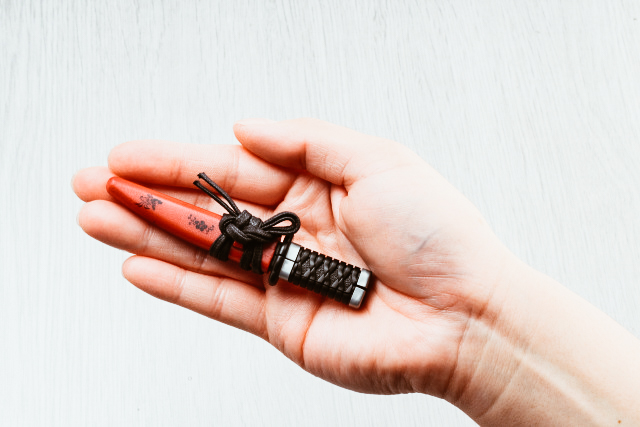

If you look carefully, you can also notice the famous hamon on the metal of these cutters in the shape of a katana, do you know what it is? The hamon (刃 文) is the line of tempering that characterizes the katana obtained through differentiated tempering.
A particular type of "differentiated" hardening between the back and the wire produces a slightly different colour line on the cutting edge, called hamon (刃 文). The shape of the hamon is an identifying sign of the age of the blade and of the author. In fact, the real katana connoisseur, looks at the hamon immediately. Obviously, Nikken Cutlery has also remained faithful to this for these special cutters.


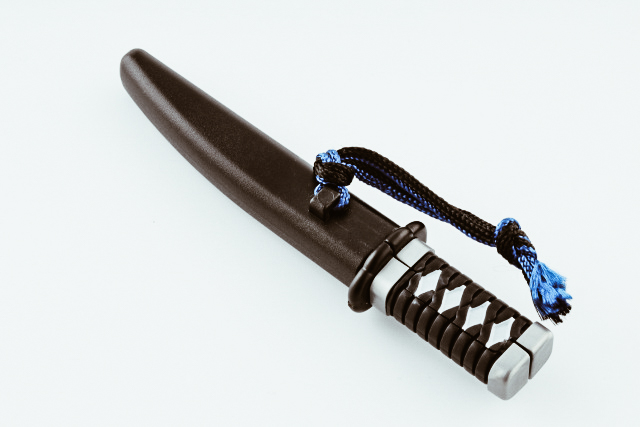
Nikken Cutlery, which is based in the city of Seki in the prefecture of Gifu, offers three models:
- First model: based on the Heshikiri Hasebe, the famous sword of the warlord Oda Nobunaga.
- Second model: Izumi no Kami Kanesada from Hijikata Toshizo, deputy commander of the 19th century Shinsengumi group.
- Third model: it comes from Shinsengumi, in the form of Yamato no Kamiyasusada, the sword of Okita Soji, a member of Shinsengumi.
And there’s more! The mini katana is equipped with a mini katanabukuro (the cloth container), with the blue and white Shinsengumi motif for the swords of Hijikata and Okita, or purple for the Nobunaga katanas.

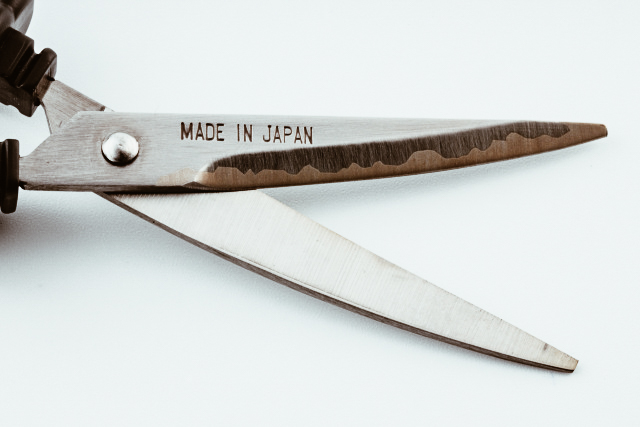
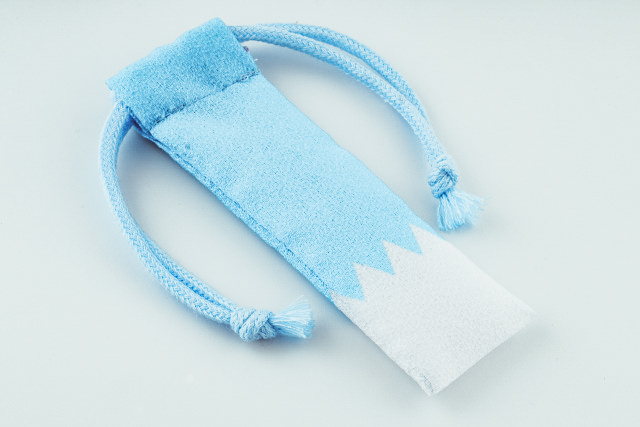
And again! Nikken Cutlery has decided to make you a Samurai also in the office. It’s true, their skills have also expanded in the creation of office tools and we are talking about surprising katana-shaped letter openers with the possibility of personalized engravings. So you want to open the letters like a real samurai? Not a problem thanks to Nikken Cutlery!

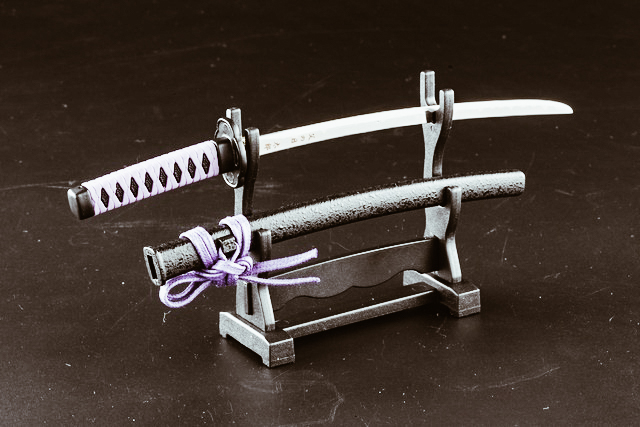
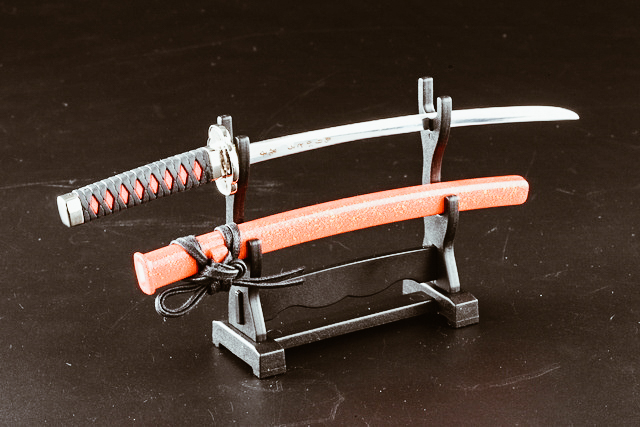
Also here you can choose among three varieties of katana letter openers. Each of them is equipped with support, so you can show your warrior spirit to everyone and with pride!
- First model: "Iron Cloud". Its handle is black and gold, and its sheath seems coated with lacquer since it is a glossy black with golden sparkles.
- Second model: "Scarlet Gold Cloud", with an elegant black and red hilt and a red sheath with splashes of gold.
- Third model: "Black Grains of Rock", which has a purple and black hilt and a black sheath with a rough texture that appears to have been roughly carved from lava rock.
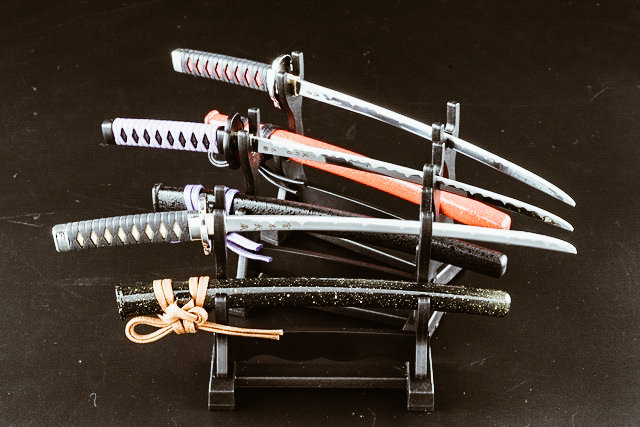
All sheaths are hand-painted by craftsmen, so each of them will be unique, as the blades are always created by Seki craftsmen. Each blade will have a very tapered edge but don't worry, they are specially designed not to cut human skin. It is not a real weapon, be quiet warriors! In addition, the blade is carefully hardened with a heat treatment that uses traditional blacksmith techniques and makes them resistant.
In case you are interested in the very personal engraving, these are made on the blade near the hilt and they can be names, messages, given all within eight kanji, hiragana and katakana characters or 15 Roman letters and numbers including spaces.

Don’t miss the opportunity to dress your day with Japanese tradition, rely on Nikken Cutlery!
For more information on these products: Nikken Cutlery official site | Twitter
The Animal Crossing Phenomenon
As we already know, Japan is a land of trends that come and go, but the recent Animal Crossing phenomenon has involved the whole world, and we're not just talking about the gaming one.
Animal Crossing, Nintendo's worldwide phenomenon
written by: Sara
When it comes to writing about video games in our blog, I'm always strongly questioning whether or not to do so because there are myriad titles from the Rising Sun worthy of note! This time, however, we couldn't help but wonder: the video game in question has really won everyone over, especially during the quarantine period with its simplicity, its "chill" mood and its bright colors. Yes, I'm talking about Animal Crossing!
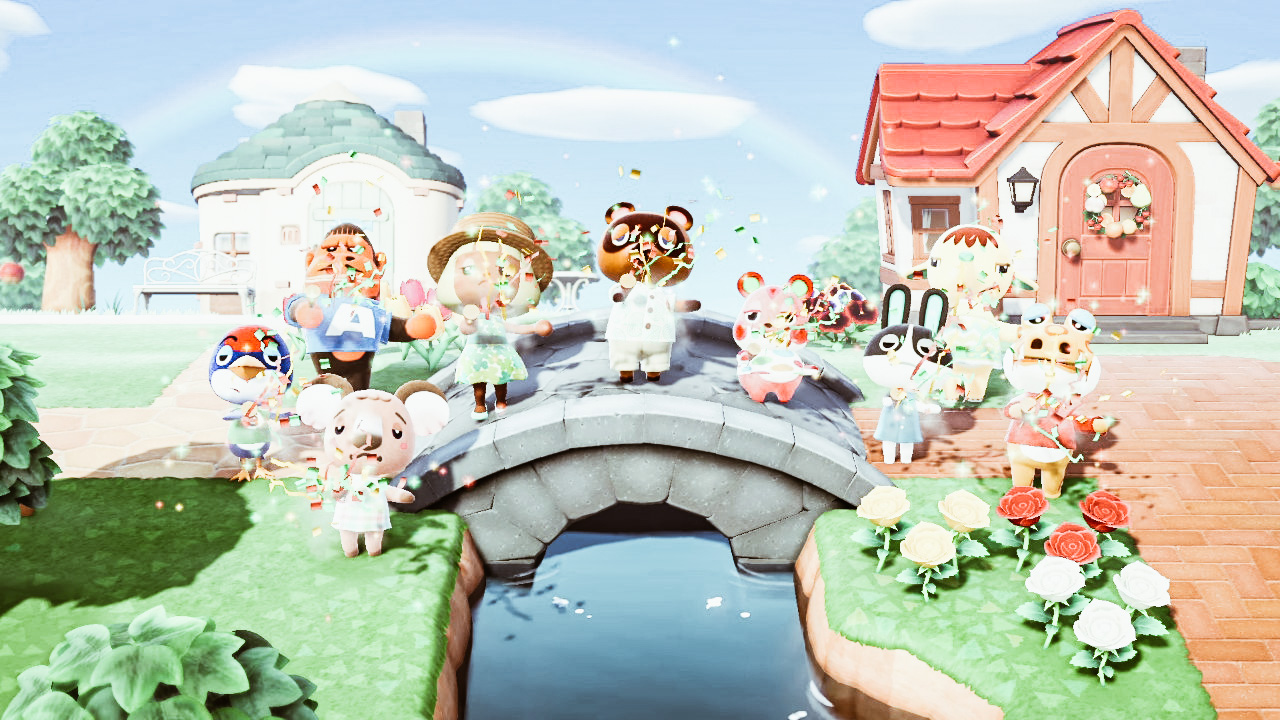
photo credits: gamereactor.it
The various versions
The Japanese title どうぶつの森 (Doubutsu no Mori) literally means "Animal Forest" and was developed for Nintendo by game designer Hisashi Nogami back in 2001 and quickly became one of the most popular video games ever. At its first release, in fact, there were several editions such as Animal Crossing: Wild World, Animal Crossing: Let's Go to the City, Animal Crossing: New Leaf and the very recent Animal Crossing: New Horizons; in addition to cute spin-offs such as Animal Crossing: Happy Home Designer and Animal Crossing Pocket Camp, the latter available for Android and iOS.

photo credits: pinimg.com
Simulator of life, this game catapults us into a world inhabited by curious anthropomorphic animals with which you can interact. There is no real goal, the strength of the series is to customize your village, collect objects, explore and... relax. In addition, the time flows exactly like that of our reality. The day and night, the seasons, the festivities, alternate following the rhythms of our daily life.
The latest edition of the game, New Horizons, is set in a deserted island, totally customizable thanks to the Terra Forming feature that allows you to let your imagination run wild and recreate environments of the most varied inspiration.

photo credits: twitter.com/ryuryu_12mj
Once you have created your own style, furnished the furniture, invited friends to visit the island etc etc etc what is left to do? Some might say that playability runs out, but it doesn't. In fact, events and updates make New Horizons an endless and fascinating video game where you can celebrate weddings, birthdays and ceremonies of various kinds. Create a party with friends, celebrate holidays such as Christmas, Easter, Tanabata, participate in festivals of various kinds, competitions and surprise events! Once again, Japan has given us something unique. A game to play when the world around us is stifling and hectic or simply when we want to escape, but we can't do it physically.
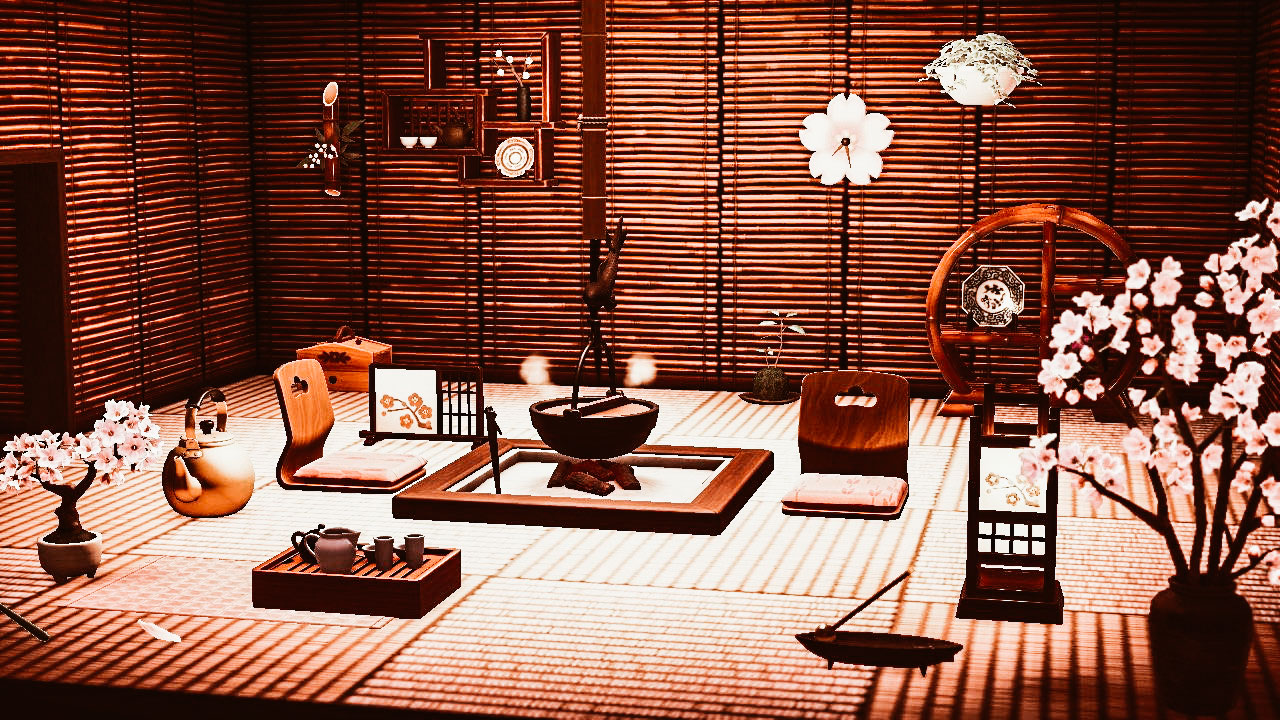
photo credits: twitter.com/opeope1006
All titles in the series are available on the official NINTENDO website.
TENOHA &| TASTE: it's Tanabata time
We can come back to love each other in compliance with the rules with the TANABATA aperitivo at TENOHA Milano! Summer has already begun and what better way to start again than by celebrating the Japanese Star Festival? As always, TENOHA makes your journey to Japan lighter and it always makes you feel part of the Rising Sun, thanks to its events and its food prepared especially for you by true Japanese chefs. By popular demand, the special TANABATA aperitivo is back again this year!
E' tempo di Tanabata da TENOHA Milano
Autore: SaiKaiAngel

Are you feeling more Vega or Altair? We know that you want to dream and cross the Milky Way to meet your loved one, but also to write your desire to see it come true. Here at TENOHA Milan you can do it! Write your wishes on the Tanzaku (those wonderful colored sheets of paper fluttering attached to the bamboo branches) and then see it dance in the wind among the leaves of the bamboo tree.
Because Tanabata (七夕 "seventh night") is the feast of the stars in love, a romantic feast that if TENOHA Milan weren't there you could only celebrate in Japan. But luckily, TENOHA Milan exists and it is that corner of Japan that you have always wanted. Live a romantic story, special days, feel Vega or Altair and come here to TENOHA Milan!
Ok the romance, but do we want to talk about what you can taste during TANABATA?
TENOHA Milan prepared for you 1 Drink + Aperitif box + Takoyaki (Japanese octopus meatballs) complete with show cooking + Kakigori (Japanese granita) All accompanied by Asahi Beer 20 ml.
Information
Where: TENOHA MILANO Via Vigevano, 18, 20144 Milano
When: From July 7th to 12th from 18.00 to 20.30
Cost: 12€
Event powered by Asahi Super Dry
Reservation is preferable, here you can find the phone number and email to reserve your seats: (+39) 02 8088 9868 | taste@tenoha.it
For more information: https://www.tenoha.it/events/aperitivo-tanabata/
Lucky charm, directly from Japan
Japan has rich and varied traditions, one of the most famous of which is the one linked to lucky charms or amulets. In fact, o-mamori (お守り) are easy to find and just go to any temple to buy them. But what exactly are they and how are they made?
O-mamori (お守り), amulets brings luck and lucky charm
author: Sara | source: Tokyo Weekender
Lucky charm par excellence, these amulets instil protection precisely because 守り (mamori) means protection/guide. In fact, an auspicious prayer written on paper or wood is then wrapped in a fine silk cloth. Made of different colours depending on the type for which they are intended, these lucky charms represent love, health, luck, money, learning, etc.
Their effectiveness is destined to wear off after a year or to achieve their purpose. In fact, in the end, you should take them where they were purchased so that they are burned in a sacred fire.
The story of the O-mamori
Their history has Shintoist and Buddhist religious roots. In fact, priests thought they could protect people by driving away evil spirits through small pocket blessings. In fact, the strength and protection of the gods were encapsulated here.
Over time the omamori have multiplied, there are many different features and they can be purchased in the sanctuaries and in the times scattered throughout the Japanese territory.
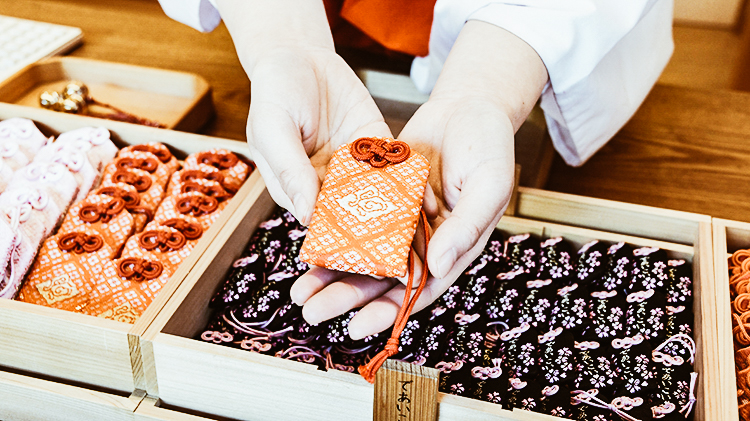
photo credits: web-japan.org
Traditional Omamori: protection for every need
KATSUMORI 勝守, the success
The prayer of this omamori will ensure that the one goal you have set yourselves and to which you are dedicating your energies will be realized.
YAKUYOKE 厄除け, ward off evil
Often achieving a goal can be difficult or even hindered, so this amulet will help prevent potential demons that could inhibit success.
SHOUBAI-HANJOU 商売繁盛, money
Usually of bright yellow colour and shaped like a "bag", this omamori can be more generic and therefore guarantee monetary fortune or more specifically how-to protect investments, savings or good business.
GAKUGYOU-JOUJU 学業成就, education and learning
Encouraging and motivational in studies this omamori is very popular among students and can be seen hanging from their backpacks as a good luck charm for school careers.
KOUTSU-ANZEN 交通安全, a safe journey
Travelling safely is one of everyone's desires and this amulet has become the most loved and popular among those who drive public transport (buses, taxis and aeroplanes). Its function is to make the roads safer and protect drivers and passengers from road and aerospace inattentiveness. In fact, there is its own version dedicated to aeroplanes that takes the name of KOKU-ANZEN.
EN-MUSUBI 縁結び, love
There is little to explain, whether you are single, engaged, married or about to have a baby, these omamori have only one function. In fact, their purpose is to guarantee and strengthen love, give happiness, simplify things, protect the heart.
KAIUN 開運, Fortuna
A general omamori, that of fortune, this one does not dictate guidelines or constraints. It is simply a fortune enhancer, a lucky charm for any choice or occasion.
SHIAWASE 幸せ, happiness
In the wake of KAIUN, SHIAWASE is also a "guarantor of happiness". In fact, this becomes a motivator to improve one's life by remembering the small nuances that can change all points of view.
KENKO 健康, health
This talisman, as it is easy to guess, aims to protect against disease, keep the body healthy and help those who have it to live a long life.
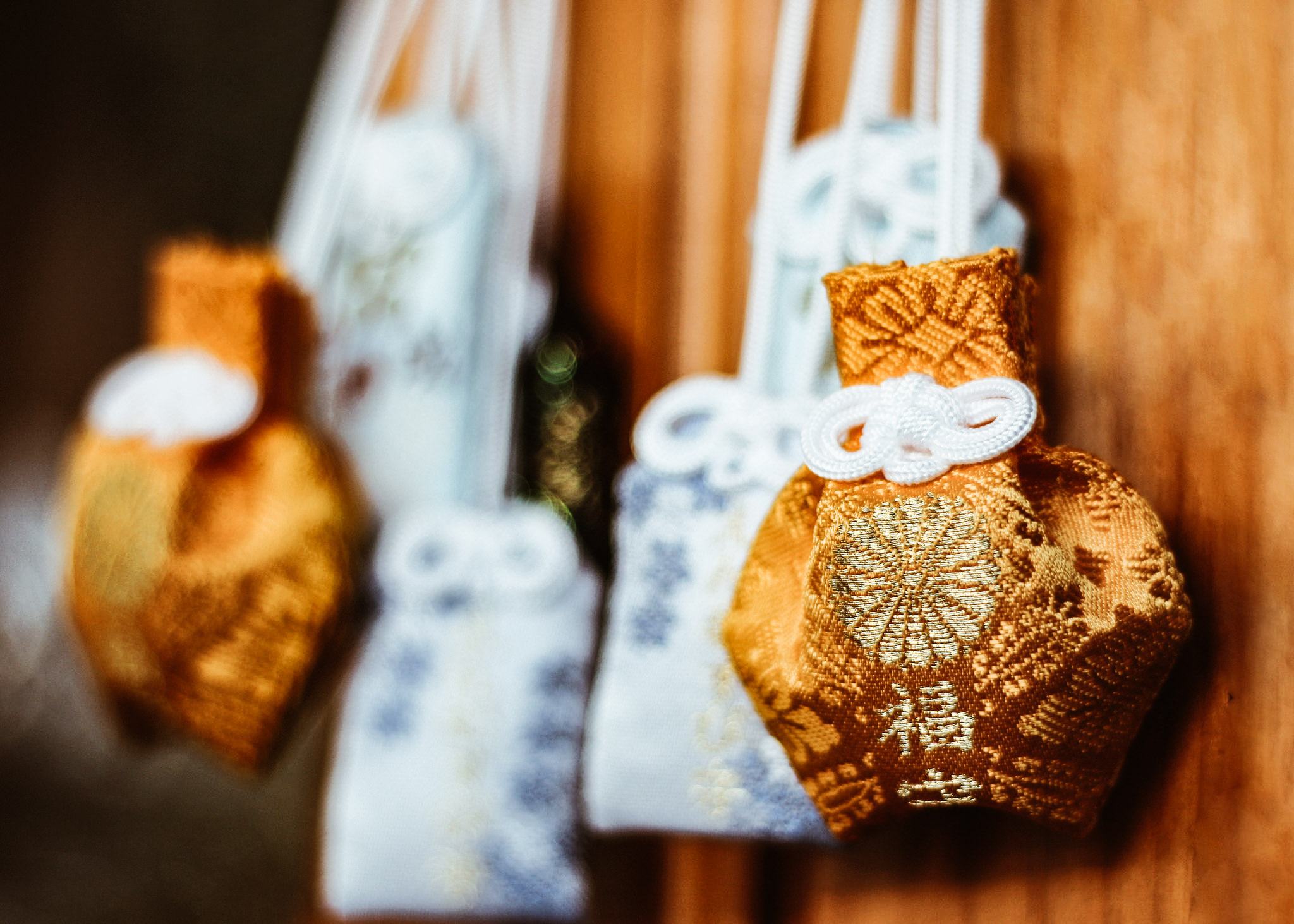
photo credits: Fiona Dawkins
Omamori details: sometimes you have to hit the mark
FROM A LIE TO THE TRUTH
This omamori is very different from what we're used to. In fact, it is made entirely of carved wood and is shaped like a little bird. It can only be found once a year, on January 25th at the Shrine of Yushima and its purpose is to transform all the lies into a song of truth.
THE "ETERNAL" BEAUTY
There is the generic omamori aimed at overall beauty. However, there are also specific omamori to have beautiful legs, or anti-ageing or to have a slimmer waist, beautiful eyes, better skin and much more.
PETS
It's not that hard to find protective amulets for animals! They deserve a special blessing too, don't they?
TECHNOLOGY
It might make us smile at the thought of an amulet that can protect against the pitfalls of the internet or the difficulties of using electronic devices, yet it exists!
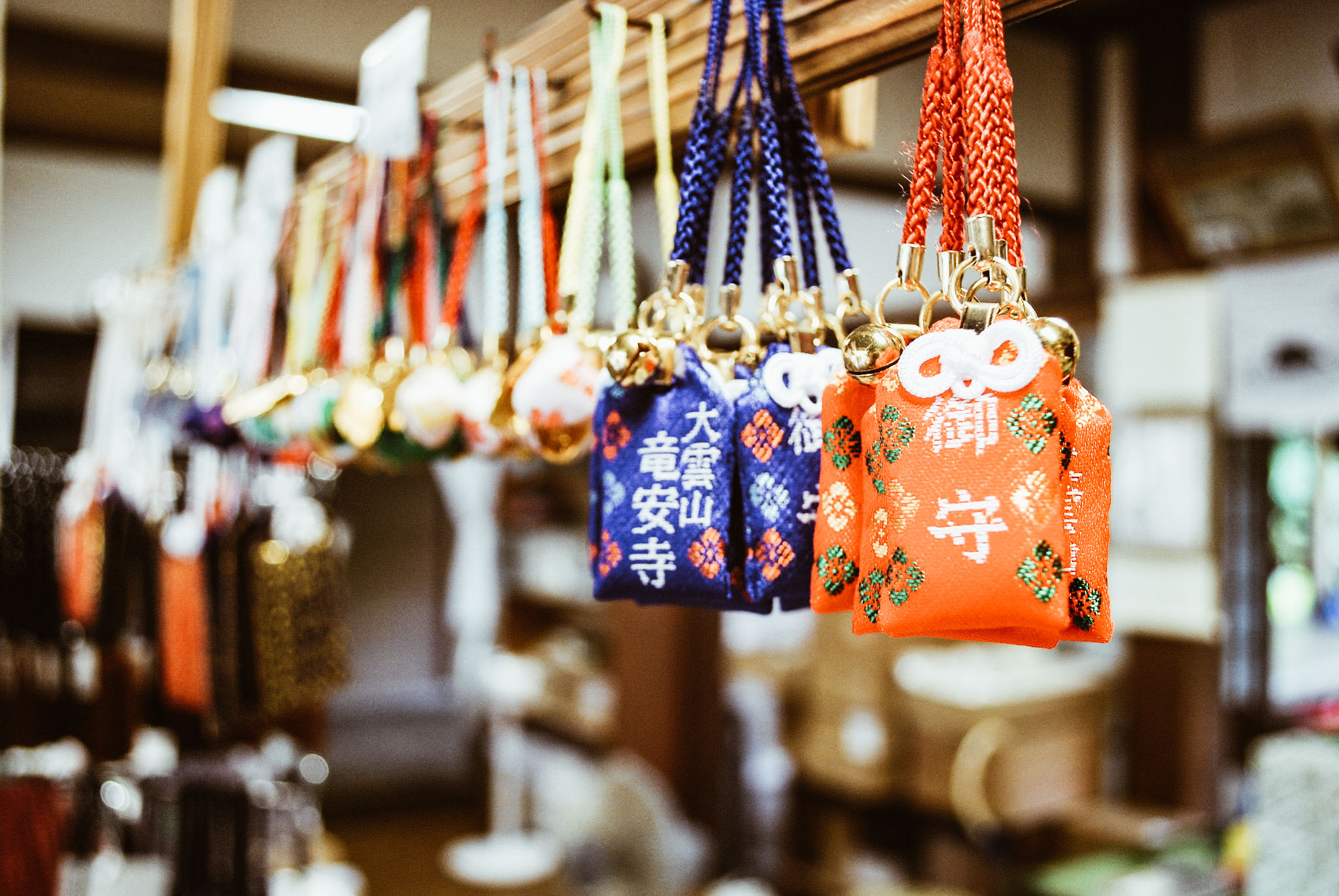
photo credits: Ryuko Studio Mexico
We could say that there is a lucky charm for each of us, unique combinations that probably won't change our existence. However, they are a nice way to wish the good of those we love or simply adorn our objects and means with something that reminds us of our goals.
TENOHA &| TASTE: now also available for Brunch
We start again and we do it amazingly at TENOHA Milano with its BRUNCH! TENOHA Milano is back stronger than ever and with a huge desire to start over with all of you.
Do you want to try something new? Something that brings you a different brunch and a new experience? If we want to start again we must do it with something news! And TENOHA | & TASTE offers you the real restart:
TENOHA BRUNCH | ブランチ
Autore: SaiKaiAngel
You can create your brunch with the formula inspired by ICHIJŪ SANSAI 一汁三菜. This formula is based on the Japanese principle of nutritional balance. Together with the well-known quality of TENOHA Milano's food, you can still enjoy a new trip to Japan without taking the plane! Would you like to know more? Below you will find all the photos of the irresistible brunch dishes. Together with the familiar and (super Japanese!) atmosphere of TENOHA Milano, you can experience the real restart. Are you ready?
The Brunch Menu
And here you can find the spectacular dishes created for you by the Japanese master chefs:
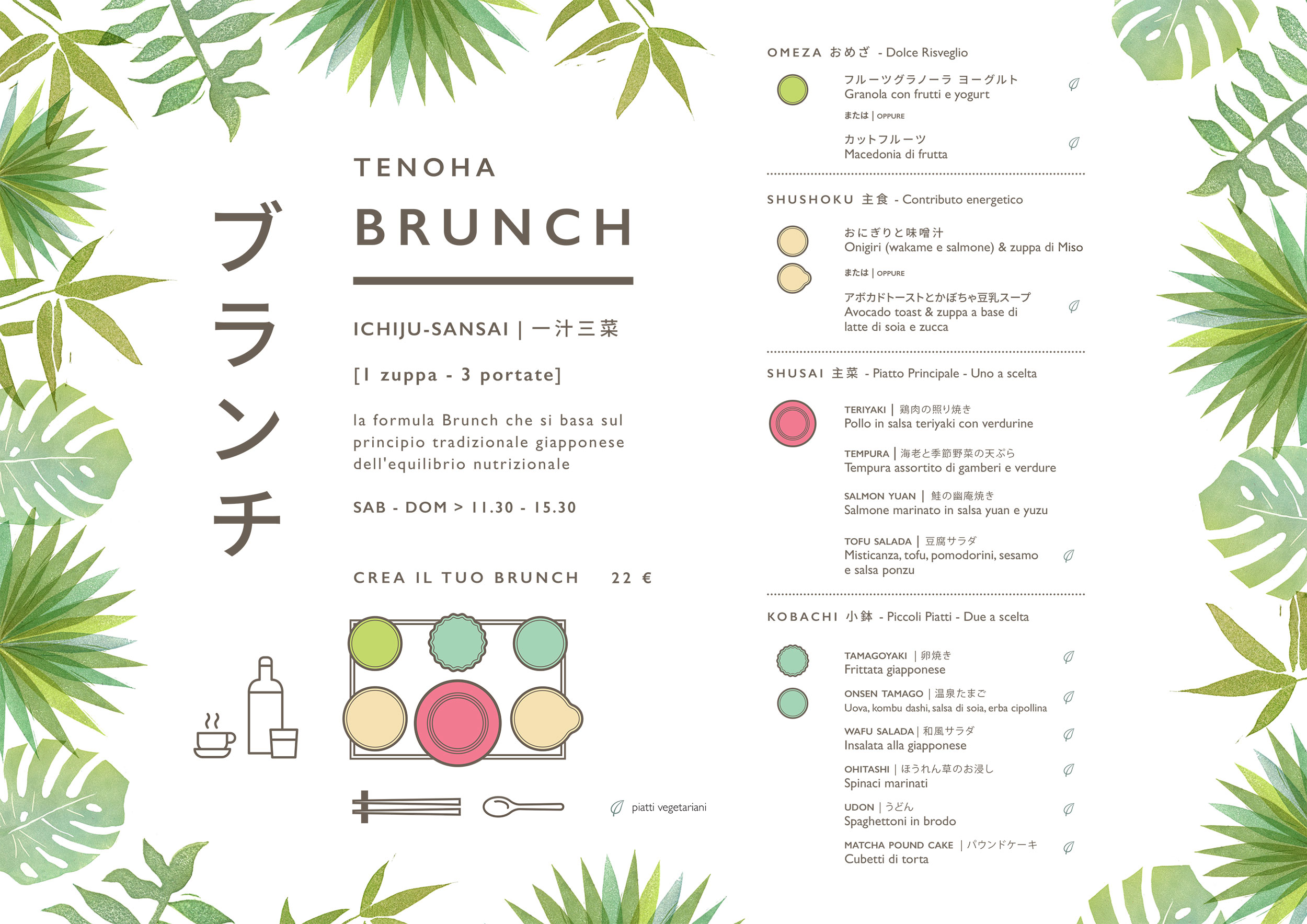
A special weekend? Only at TENOHA Milano. We are waiting for you!!!
Details
Where: TENOHA MILANO — Via Vigevano, 18, 20144 Milano
When: Saturday and Sunday from 11:30 to 15:30
More info: TENOHA &| TASTE
[ngg src="galleries" ids="7" display="basic_thumbnail" thumbnail_crop="0"]
TENOHA Milano & TENOHA Ramen, ready for the Take Away
TENOHA Milano and TENOHA Ramen are ready for the Take Away!
written by: SaikaiAngel | translation: Erika
It's time to start again and we can do it in the best way together with TENOHA &| TASTE and TENOHA &| RAMEN special Take Away and delivery menu.
In these months of lockdown, many have suffered the nostalgia of the two most beautiful places in Milan! We are talking about TENOHA &| TASTE and TENOHA &| RAMEN where not only can you feel as if you were at home, but you can also savor and experience real Japan! While we wait for the reopening, you can now enjoy TENOHA &| TASTE and TENOHA &| RAMEN special Take Away and delivery menu.
Are you ready to live TENOHA in your home? Do it NOW and be surprised with the tasty menus not to be missed and already available !!
TENOHA &| TASTE • TAKE AWAY

MENU
GYU DON - € 9
Bowl of rice with beef, onion, soy sauce, and sake
TERI YAKI DON - € 9
Rice bowl with chicken in teriyaki sauce and vegetables
NORIMAKI [VEGAN] - € 7
Sushi roll with lettuce filling, carrot KIMPIRA, boiled spinach (seasoned with NIKIRI KOMBU DASHI sauce), zucchini, sauteed peppers
EBI YAKIUDON - 10 €
Stir-fried udon with shrimp and vegetables
YASAI YAKIUDON - 10 €
Udon stir-fried with vegetables
and AVAILABLE FROM MAY 19:
TENOHA BENTO, with many vegetarian portions and a second choice:
KARAAGE - € 12
Fried chicken marinated with ginger and soy sauce and sake
SALMON YUAN - € 13
Grilled marinated salmon in yuan and Yuzu sauce
YASAI ITAME - € 13
Udon stir-fried with vegetables
TERIYAKI BURGER - 11 €
Chicken sandwich in teriyaki sauce accompanied by french fries
SIDE DISHES
KARAAGE - € 5
Fried chicken marinated with ginger and soy sauce and sake - 3 €
Salad with Yuzu Ponzu sauce and EVO oil
OPENING HOURS
Lunch | 12:00 - 14:30
Dinner | 18:30 - 21:30
Monday closed
For orders, call 02 8088 9868.
For Delivery, you can contact: Deliveroo | UberEats
[ngg src="galleries" ids="6" display="basic_thumbnail" thumbnail_crop="0"]
TENOHA &| RAMEN • TAKE AWAY

MENU
There is something very special exclusive for the TAKE AWAY:
"DO IT YOURSELF" RAMEN
SHOYU RAMEN
Ramen in soy-based chicken broth served with a slice of braised pork, spinach, marinated egg, bamboo, nori seaweed, and bean sprouts
NOODLES ONLY + BROTH - € 6
TOPPING (a slice of braised pork, spinach, marinated egg, bamboo, nori seaweed, and bean sprouts) - 2,5 €
SPICY MISO RAMEN
Ramen in miso chicken broth served with spicy chicken breast, marinated egg, spinach, bamboo, spring onions, carrots, nori seaweed, and bean sprouts
NOODLES ONLY + BROTH - € 7
TOPPING (spicy chicken breast, marinated egg, spinach, bamboo, carrots, nori seaweed, and bean sprouts) - 2,5 €
MISO RAMEN
Ramen in miso-based chicken broth served with braised pork, marinated egg, spinach, bamboo, spring onions, carrots, nori seaweed, and bean sprouts
NOODLES ONLY + BROTH - € 7
TOPPING (braised pork, marinated egg, spinach, bamboo, carrots, nori seaweed, and bean sprouts) - 2,5 €
MAZESOBA
Ramen in miso-based chicken broth served with braised pork, marinated egg, spinach, bamboo, spring onions, carrots, nori seaweed, and bean sprouts
NOODLES + RAMEN SAUCE + TOPPING - 11 €
RAMEN
CHASHUMEN - € 19
Ramen in soy-based chicken broth served with 5 slices of braised pork, marinated egg, spinach, bamboo, spring onions, nori seaweed, and bean sprouts
SHOYU RAMEN - € 13
Ramen in soy-based chicken broth served with a slice of braised pork, spinach, marinated egg, bamboo, spring onions, nori seaweed, and bean sprouts
SPICY MISO RAMEN - € 14
Ramen in miso chicken broth served with spicy chicken breast, marinated egg, spinach, bamboo, spring onions, carrots, nori seaweed, and bean sprouts
MISO RAMEN - € 13
Ramen in miso-based chicken broth served with braised pork, marinated egg, spinach, bamboo, spring onions, carrots, nori seaweed, and bean sprouts
MAZESOBA - € 15
Ramen in miso-based chicken broth served with braised pork, marinated egg, spinach, bamboo, spring onions, carrots, nori seaweed, and bean sprouts
VEGAN RAMEN - € 16
Ramen in vegetable broth, sesame cream, and soy milk served with fried tofu, bamboo, spring onions, sweet potato fries
* EXTRA TOPPING *
NOODLES + 1 €
NI TAMAGO + 1,5 €
VEGETABLES + € 2
CHICKEN + 2,5 €
SNACKS
EDAMAME - € 3
Boiled soybeans with salt
NI TAMAGO - € 3.5
Marinated boiled egg served with bean sprouts and sweet and sour sauce
ALGAE SALAD - € 5
Wakame seaweed, carrots, edamame, bean sprouts
Accompaniment: sesame sauce or wasabi shoyu and shiso sauce
KABOCHA KOROKKE - 4 € / pc
Japanese pumpkin croquette, potatoes (contains egg)
YASAI KOROKKE - 4 € / pc
Japanese potato and vegetable croquette
KARAAGE - € 8
Fried chicken marinated in soy sauce, sake, oyster sauce, garlic and ginger
Extra topping: special Karaage sauce + 1 €
YAKI GYOZA RAVIOLI ON THE PLATE - 5 € / 5pcs
Grilled ravioli with pork filling, shiitake mushrooms, and savoy cabbage
or
Grilled ravioli with vegetable filling (spinach dough)
AGE GYOZA FRIED RAVIOLI - 7 € / 5pcs
Fried ravioli with pork filling, shiitake mushrooms, and savoy cabbage
or
Fried ravioli with vegetable filling (spinach dough)
DON
CHASHU DON - € 9
Bowl of rice with braised pork, marinated egg, spinach, and sweet and sour sauce
KARAAGE DON - € 10
Bowl of rice with fried chicken marinated in soy sauce, sake, oyster sauce, garlic, and ginger, served with spinach and sweet and sour sauce
TAKIKOMI GOHAN (Taste Shio Ramen) - € 8
Steamed rice in shio broth with chashu pork, wakame seaweed, edamame, spring onions, and red ginger
Variation: Spicy rice + 1 €
• GOHAN |ご 飯 - 4 € Bowl of white rice
OPENING HOURS
12:00 - 14:30
18:30 - 21:30
Closed on Tuesday
* Order only on site
For Delivery, you can contact: Just Eat | UberEats
[ngg src="galleries" ids="5" display="basic_thumbnail" thumbnail_crop="0"]Finally life, finally Japan, FINALLY TENOHA!For all the latest information and to stay up to date with TENOHA news, follow the instagram of TENOHA Milan and TENOHA Ramen.







